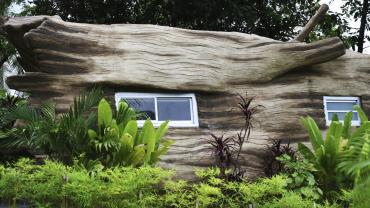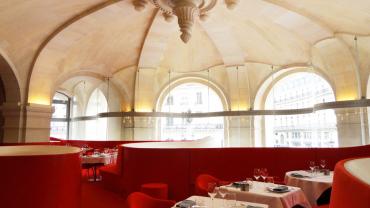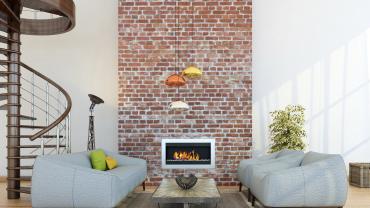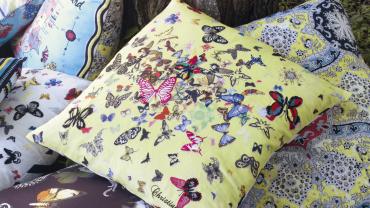Interior Design
Everything about interior design and interior architecture.
Interior design comes with a broad range of possible applications. Be it in homes, hotels, public buildings or cars - interior design is to crystallize the best out of every room.
Interior Design - a first overview
Interior design includes technical aspects as well as aesthetic opinions. The interior design of rooms is being planned by architects. They prepare, design, plan and implement interiors. In addition to the mathematical and predictable interior, there is the matter of taste regarding the design itself. People should develop relations with the interior through spatial perception. The interaction of architecture and interior design is the key to any successful interior concept.
Topics of interior designers are interior construction and interior fit, exposure, lighting and shading, indoor air, ventilation, materials, colours and surfaces such as flooring, wallpaper, paneling or stucco, sound and room acoustics and equipment such as textiles, works of art, furniture and media. In contrast to purely artisanal equipment, the artistic decoration of interior rooms is referred to as decorative art. In this context artisan talents are just as important as creative inclinations. Already in 1295, the term interior decorator was known under the name "tapissier" in France . Already Louis XIV himself let set up his premises.
Interior decorators working closely together with interior designers choose matching floors, wall coverings, curtains or blinds and upholstery taking the customers´ requirements into account. They often produce the pads themselves. On the other hand side, interior architects design overall concepts and detailed solutions for the interiors of buildings. Sit down in the community with other interior designers, get to know new contacts and do not miss any trend in the field of interior design!














